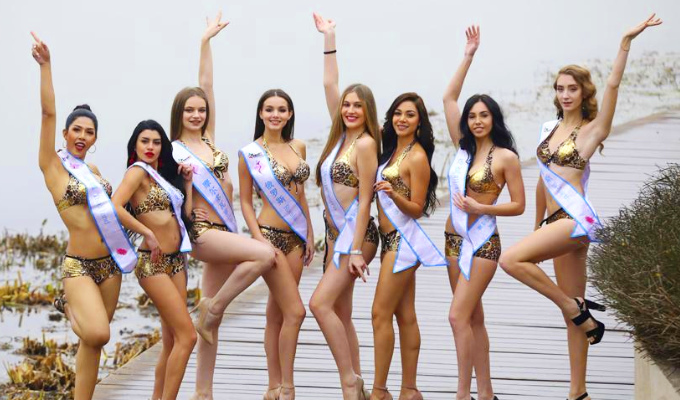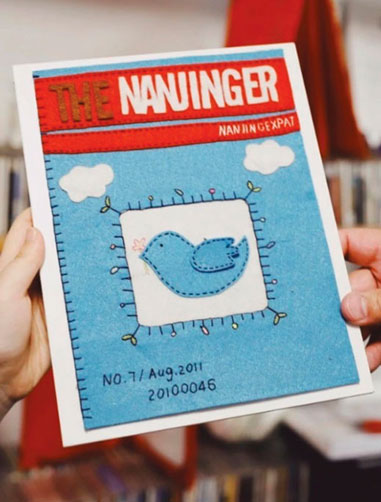The annual Miss All Nations Pageant concludes today, 29 January, in Nanjing, with ladies from 42 countries and regions taking part in the extravaganza that aims to promote ecotourism and environmental protection (and world peace).
Participants in the event have been in Nanjing for the last 2 weeks, during which they have cut a giant cake, rapped in Chinese with the event founder and modelled a dazzling array of costumes, from their own national dress and evening gowns to, yes, the obligatory swimwear.
The purpose of the Miss All Nations Pageant is ostensibly to give ladies from a multitude of countries an opportunity to come together in a pageant setting, in which they may build relationships with others who are hard at work to leave a positive impact in their communities. They are then inducted into a hall of fame as part of the All Nations Family.
Since when does such a pageant focus not only on contestants’ endless “inner” beauty? The Miss All Nations Pageant further claims that it celebrates the ladies’ desires to be successful, through dedication to service and the fight for what is right, together with a passion for bringing about change in the lives of those less fortunate through volunteering (and world peace).
The Pageant itself dates from less politically correct times. Created as a “female beauty contest” by Charlie See, the first Miss All Nations was held in 1989 in Bangkok and became an immediate uproar, after winner Kirsten Roberts (New Zealand) was dethroned; the Pageant’s Facebook page citing “bad behaviour and for failing to comply with the rules and their respective post-contest obligations”.
There was then a second, scandal-free outing, in 1990, in Kuala Lumpur, Malaysia, after which, according to Pagaentopolis, that describes itself as “A Look at Beauty Contests – Past and Present”, Miss All Nations then took a 21-year hiatus, before being revived by Mr. Alex Liu of Exclusive Resources Marketing Group of Singapore.
The 2010 contest, in its new incarnation, was held in Nanjing to coincide with the World Historical and Cultural Cities Forum 2010, attended by the mayors of 46 cities from around the world. Contestants from 43 countries and regions took part, including no less than 13 Chinese cities.
Taking place in Nanjing every year since, barring 2013 when the event was not held, there has been no limit as to the number of contestants from China that can enter. Despite this, a Chinese lady is yet to be crowned winner.
As today’s social media-friendly final gets underway at the Tongyu Art Museum beside Shuanglong Avenue in Jiangning District, we need remind ourselves of only one thing; it’s not a beauty pageant, it’s a scholarship program.











